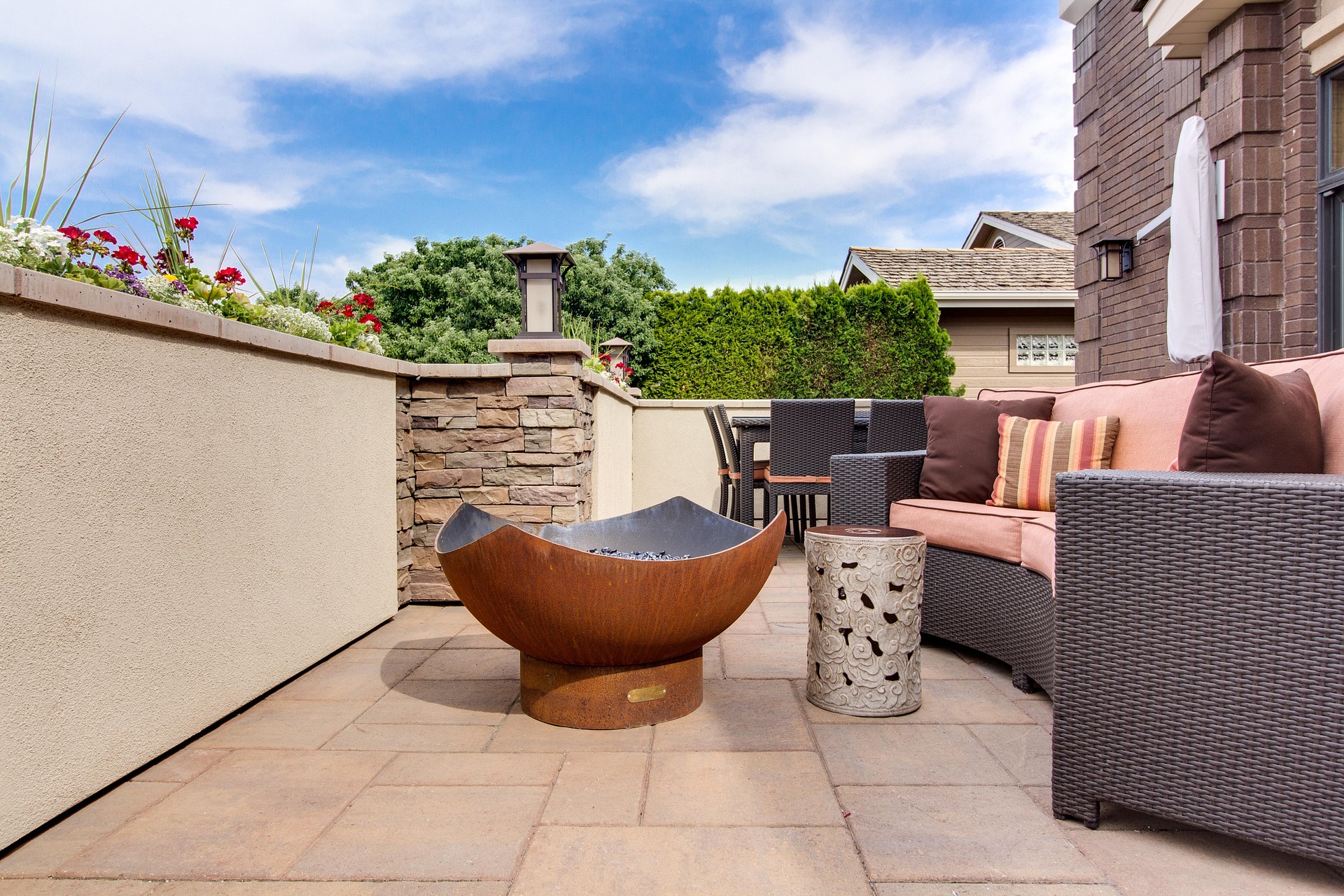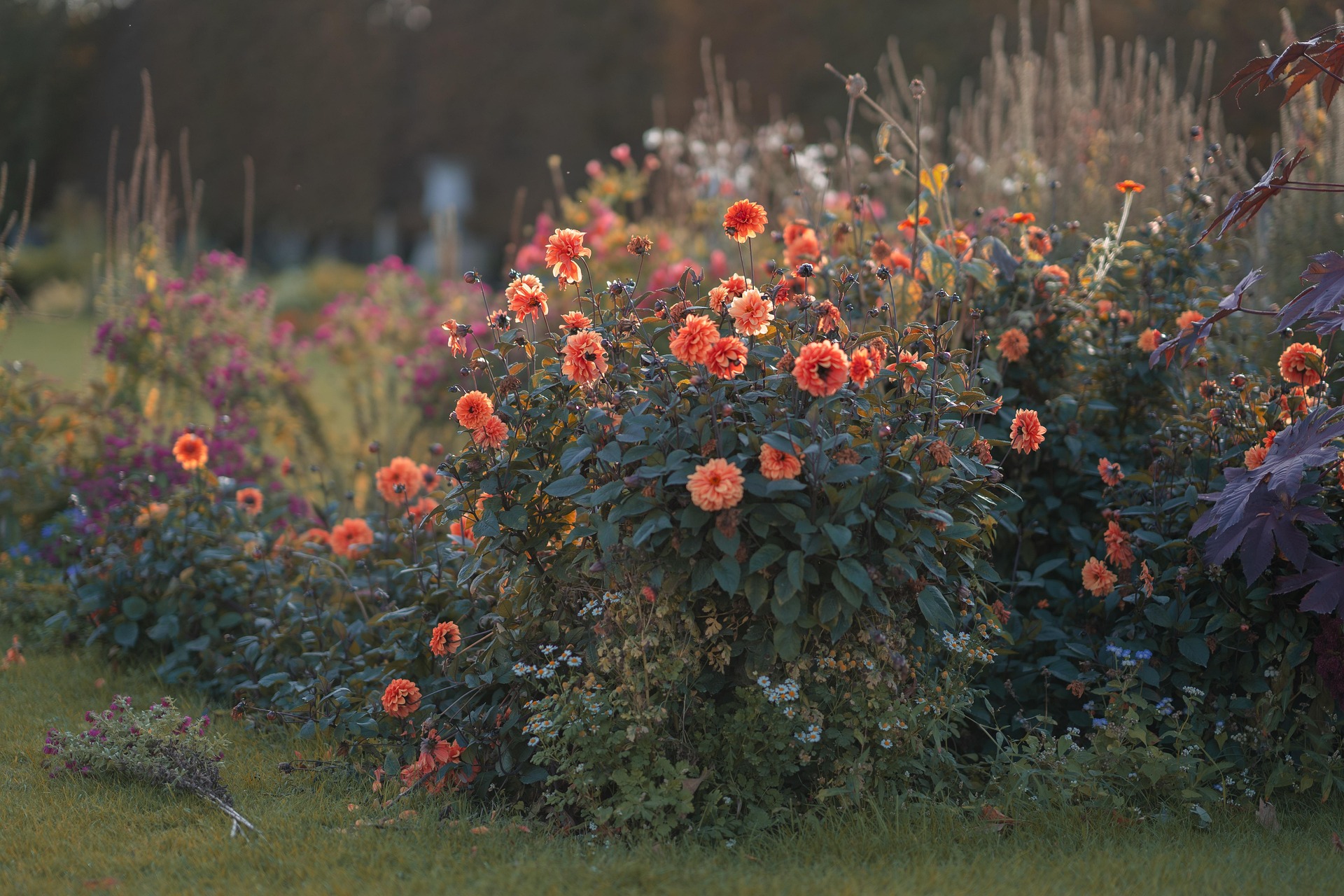How to Use Lighting in Your Garden: A Complete Guide

Garden lighting isn’t just about making your outdoor space visible at night—it’s about creating atmosphere, highlighting your favourite features, and extending the time you can enjoy your garden. With the right lighting design, even a modest garden can be transformed into a magical retreat, perfect for relaxing, entertaining, or simply appreciating nature after the sun goes down.
In this guide, we’ll cover everything you need to know about using lighting in your garden, from design principles to practical tips and creative ideas.
1. Why Garden Lighting Matters
Garden lighting enhances both the function and beauty of your outdoor space. Here’s what the right lighting can do:
Create ambiance for evening gatherings or quiet moments outside.
Highlight key features like trees, sculptures, water elements, or pathways.
Improve safety by illuminating steps, paths, and entrances.
Extend usability, allowing you to enjoy the garden well into the night.
Add value to your property by improving curb appeal and making the garden feel like an extension of the home.
2. Start with a Lighting Plan
Before buying any lights, take time to think about what you want to achieve. Walk around your garden at dusk or nighttime and note:
Which areas need task lighting (e.g., steps, patios, entrances)?
Which features would benefit from accent lighting (e.g., trees, walls)?
Where do you want soft, atmospheric lighting (e.g., seating areas or garden beds)?
A simple sketch of your garden layout can help you visualise where different types of lights should go.
3. Types of Garden Lighting
Understanding the different types of lighting helps you design a balanced and functional scheme.
A. Task Lighting
Used for functional purposes, task lighting is essential for:
Pathways: Use stake or bollard lights to mark the way.
Steps or Decking: Add recessed lights for safety and subtle illumination.
Outdoor kitchens or dining areas: Use wall-mounted or pendant lights for focused lighting.
B. Accent Lighting
Accent lighting draws attention to focal points or features in your garden.
Uplighting: Lights placed at ground level to highlight trees, statues, or walls.
Downlighting: Fixtures placed high up (e.g., in trees or on walls) to cast a soft glow downward.
Spotlighting: Adjustable lights used to pick out specific elements.
C. Ambient Lighting
Creates general atmosphere and sets the mood.
String lights or festoon lights: Ideal for patios, fences, or pergolas.
Lanterns or solar stake lights: Add charm and flexibility.
LED strip lights: Great for under benches, steps, or railings.
4. Layer Your Lighting
A well-lit garden uses a mix of lighting types to create depth and interest. Think of it like interior design—layering different sources of light makes the space feel dynamic and balanced.
Combine task lighting for functionality, accent lighting for interest, and ambient lighting for mood.
Avoid over-lighting, which can flatten the garden and make it feel harsh.
Use dimmers or smart controls to adjust brightness depending on the occasion.
5. Highlight the Best Features
Use lighting strategically to showcase the best parts of your garden. Here are a few ideas:
Trees and shrubs: Uplight large trees from below or wrap smaller ones with fairy lights.
Water features: Use submersible or nearby lighting to create shimmering reflections.
Sculptures or ornaments: Position a spotlight or uplight to cast dramatic shadows.
Walls and fences: Add wall lights or wash lighting to highlight textures and materials.
6. Create Zones with Light
Dividing your garden into zones helps to define how different areas are used and experienced at night.
Entertaining zone: Use warm, ambient lighting like festoon lights or lanterns.
Relaxation zone: Choose soft lighting with minimal glare—solar-powered stake lights or under-seat LEDs work well.
Pathway zone: Keep it practical and consistent to guide people safely from one area to another.
Feature zones: Highlight key plants or structures to draw the eye and add drama.
7. Be Energy Smart
Outdoor lighting doesn’t have to mean higher energy bills or environmental impact.
LED lights: These use far less energy than traditional bulbs and last much longer.
Solar-powered lights: Great for ambient and path lighting, especially where wiring is tricky.
Smart lighting systems: Allow you to schedule lighting, adjust brightness, or control zones from your phone.
Look for IP-rated lights for outdoor use to ensure they’re waterproof and safe in all weather.
8. Install with Care
While DIY solar lights are easy to install, anything involving mains electricity should be installed by a qualified electrician, especially in outdoor conditions.
Ensure all wiring is protected and rated for outdoor use.
Keep lighting fixtures away from ponds or water unless they are specifically designed for wet areas.
Consider cable access when planning your layout—some lighting may require trenching or conduit to hide wires.
9. Keep Light Pollution in Check
Garden lighting should enhance the night—not overpower it.
Choose warm white tones (2700K–3000K) instead of harsh blue or cold white.
Use shields, baffles, or directional fittings to prevent glare or light spilling into neighbours’ gardens.
Use motion sensors or timers to limit how long lights are on.
Good lighting design works with the natural darkness, not against it—adding just enough light to enjoy your space while preserving the magic of night.
10. Maintenance Tips
Once installed, a bit of maintenance will keep your garden lighting looking and performing its best:
Clean lenses regularly to remove dirt, cobwebs, and water spots.
Trim back plants that grow over or block lights.
Check wiring and fittings annually for wear, especially after winter.
Replace solar batteries every couple of years for optimal performance.
Final Thoughts
Garden lighting is a powerful design tool. With thoughtful placement and the right fixtures, you can enjoy your outdoor space long after sunset. It doesn’t require a massive budget or a complex setup—just a bit of planning and creativity.
Whether you’re hosting summer garden parties, relaxing under the stars, or simply navigating safely to your back door, a well-lit garden enhances the experience, adds value to your property, and creates a welcoming glow that brings your landscape to life after dark.





